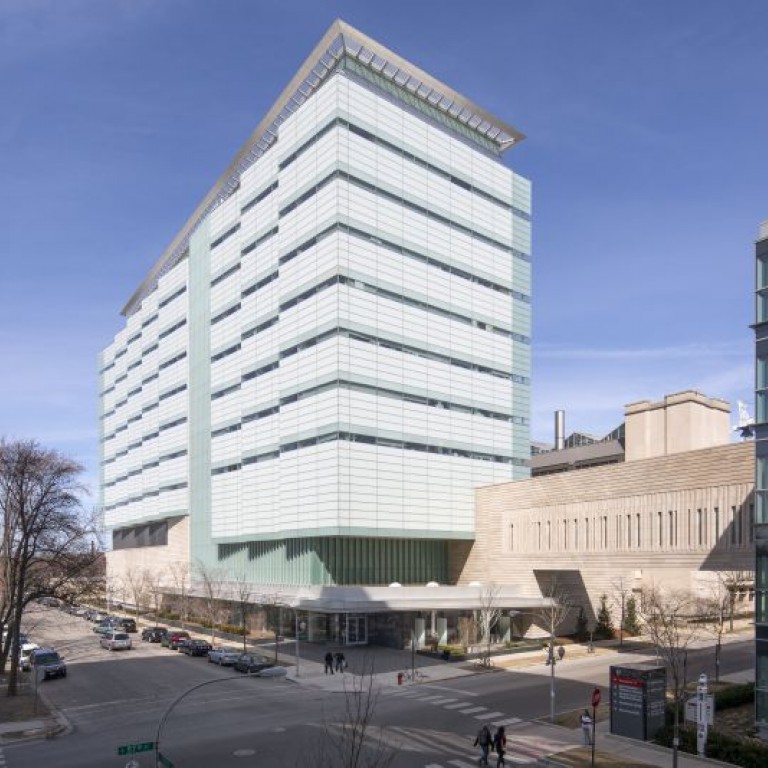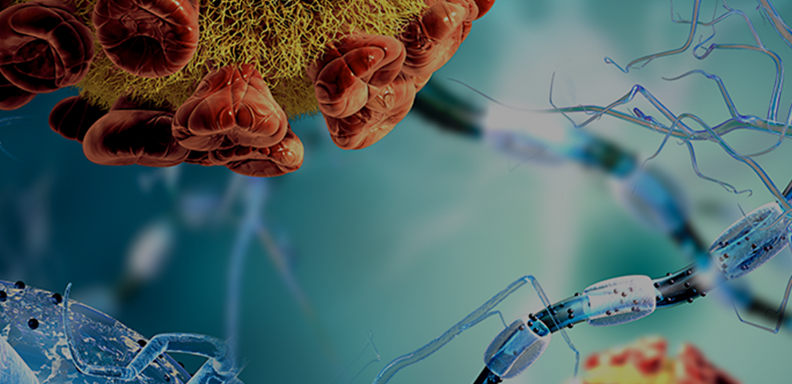As one of 12 Regional Biocontainment Laboratories (RBLs) built by the federal government for research on biodefense and emerging infectious diseases, the University of Chicago Howard T. Ricketts Laboratory (HTRL) was inundated with requests at the beginning of the COVID-19 pandemic. The RBLs are intended to assist national, state, and local public health efforts in the event of a bioterrorism or infectious disease emergency and to be a resource for institutions which do not have such facilities. The spring of 2020 was their ultimate test.
“People from all over the world contacted us in the beginning—the volume of the requests was unbelievable,” said Dominique Missiakas, PhD, Professor of Microbiology and Director of the HTRL. “But now we still have people here continuing to work on COVID-19 and they have been very happy with the setup.”
Research activity at HTRL just got another boost, as the National Institute of Allergy and Infectious Diseases (NIAID), a division of the National Institutes of Health, just awarded UChicago a $12.4 million grant to support engineering and maintenance, biosafety staff, and new research activity at the facility over the next five years. In addition to supporting the already cutting-edge capabilities for studying emerging infectious diseases, the grant will also help HTRL offer professional research services for working with dangerous pathogens, develop animal models of infection, and to provide hands-on training to researcher staff using the facility.
Located on the campus of Argonne National Laboratory in the western suburbs of Chicago, HTRL was originally opened in 2009. The NIAID funded efforts to build several such facilities to bolster the nation’s biodefense capabilities following the September 11 terrorist attacks.
RBLs are designed to support research on bacterial and viral pathogens that pose a threat to human health. They are equipped with physical infrastructure like ventilation, water treatment, and filtration to prevent accidental exposures, and are staffed by teams specially trained in proper use of protective gear, safe handling of infectious agents, and decontamination procedures.
The NIH defines four risk groups that are classifications to describe the relative hazard posed by infectious agents or toxins in the laboratory. Biosafety Level 2 (BSL-2) labs are equipped to work with biological agents in risk group 2, which are associated with human disease which is rarely serious and for which preventive or therapeutic interventions are often available. These agents pose a moderate risk to an individual but a low risk to the community, such as most strains of influenza, Staphylococcus aureus, Salmonella, Zika virus, measles virus, and HIV.
Biosafety Level 3 (BSL-3) facilities can work with biological agents in risk group 3, which are associated with serious or lethal human disease but typically have some sort of treatments available, including Bacillus anthracis (anthrax), Yersinia pestis (plague), and Mycobacterium tuberculosis (TB).



